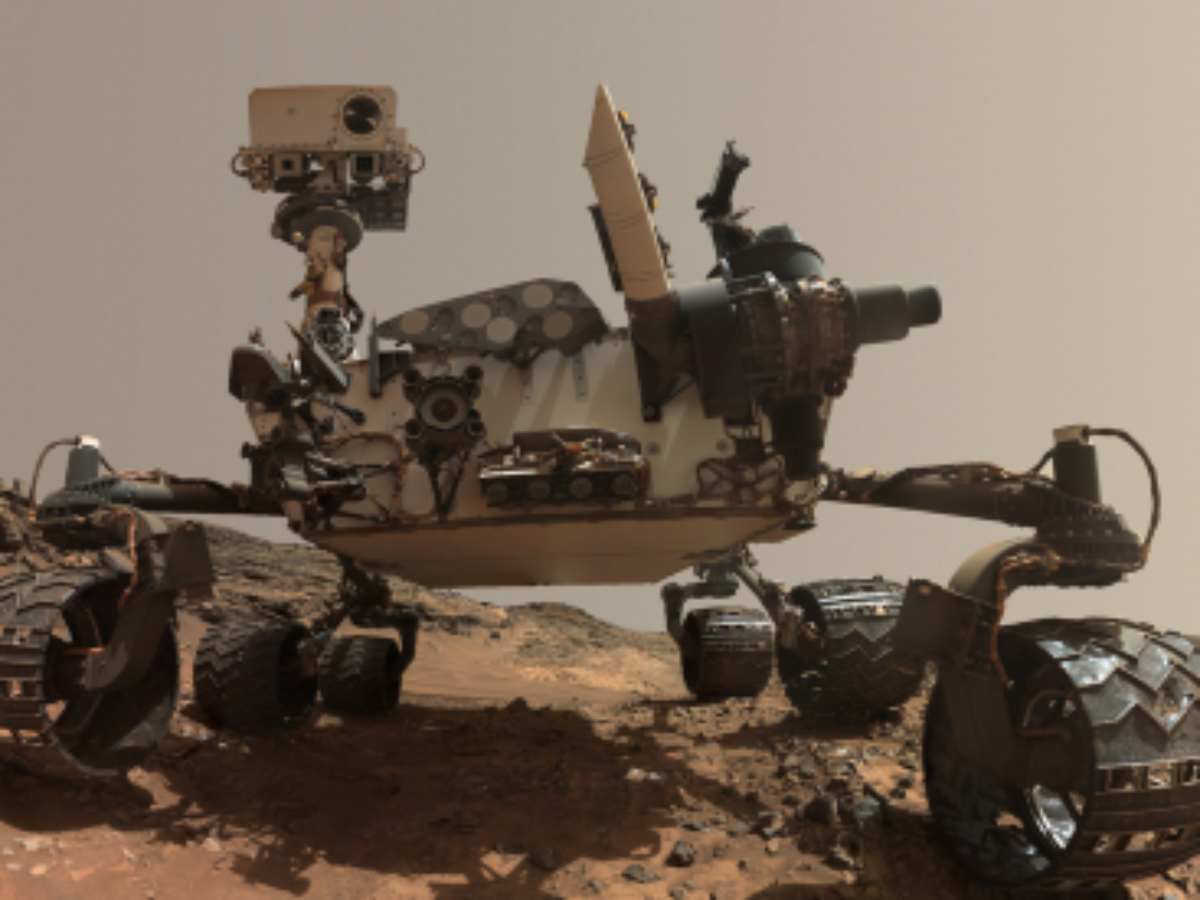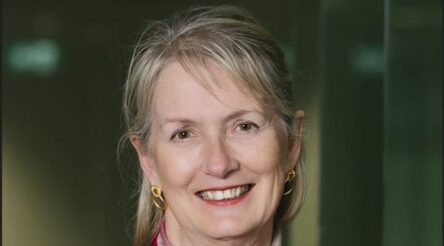Australia’s place in the semiconductor world – chips show everything wrong about our industrial history

Today in our editorial series on Australia’s place in the semiconductor world, Peter Roberts gives an observer’s view of Australian manufacturing over more than four decades, our lost opportunities and where semiconductors could have fitted in.
When it comes down to it, the story of disappointment that has been the lack of development of a semiconductor manufacturing sector in Australia comes down to the difference between Japanese company Kyocera Corporation and what used to be known affectionately as the big Australian, BHP.
Both companies faced a crossroads in recent decades – whether they would go up or down the value chain.
Kyocera was founded in 1959 as a manufacturer of simple ceramic electrical insulators – a product that could be described as the type of substantially transformed manufacture (STM) that dominates Australian industry – essentially partially processed raw materials.
BHP at the time was emerging from a period when it had moved up the value chain from basic materials and was now making steel and numerous steel products ranging from wire to shipbuilding – these products are known as elaborately transformed manufactures.
The company and its leader Essington Lewis reached a zenith during WW2 when Lewis as Director-General of the Department of Munitions created the defence manufacturing sector that played a critical role in deterring Japanese invasion during WW2.
From there in many ways it was all downhill for BHP and Australia – the company systematically hived off its value-adding operations, retreating to be a producer of the most basic and undifferentiated or commodities – iron ore instead of armour plated warships.
Today its big aspiration is the create a copper mining province in South Australia by adding Oz Minerals to its existing Olympic Dam mine.
Kyocera’s story was completely the opposite – it has steadily gone up the value chain.
Today it is a globally preeminent manufacturer of electronics optical equipment, and other products that use sophisticated ceramics and electronics technology.
It manufactures printers and copiers, cell phones, ceramic cutting tools, medical devices and solar cells, fine ceramic products for electronics, electronic components such as capacitors, and semiconductor parts used in advanced semiconductor devices.
Of course seen through Australian eyes BHP is a highly successful company, but their retreat from value adding – mirrored as it was by other Australian companies – underlines everything wrong with our economy today.
We all know the shocking statistics that reveal Australia’s economy as as one of the least complex in the world.
The latest Harvard economic complexity rankings, which measure the diversity and research intensity of exports, show Australia sliding further to 91 out of 133 countries, just ahead of Namibia. Meanwhile, our manufacturing trade deficit has doubled in the past two decades to $180 billion.
Back to the subject of this series – we did in the past make a start in manufacturing semiconductors – Philips manufactured semiconductors at its Hendon works in Adelaide for defence customers, and more recently Amalgamated Wireless Australasia set up chip manufacturing at Homebush in Sydney.
AWA Microelectronics – later the Silanna Semiconductor facility – famously manufactured radiation resistant silicon on sapphire communication chips that were used on Mars on board NASA’s original Curiosity Rover (pictured).
But in the absence of an Australian Kyocera, and with Australian companies perfecting the business of digging stuff up and shipping it out – the manufacturing end of the sector has come to next to naught.
Is this not a reason to name a new industrial malaise – the Australian disease – to describe Australia’s truncated industrial history?
Further reading:
AUSTRALIA’S LOW ECONOMIC COMPLEXITY – INFOGRAPHIC
AN ECONOMIC SUMMIT WITH PURPOSE – BY ROY GREEN
Picture: NASA/Mars curiosity Rover equipped with Australian made communications chips by Silanna Semiconductor
@AuManufacturing![]() and AUS-Semiconductor-Community’s editorial series, Australia’s place in the semiconductor world, is brought to you with the support of ANFF.
and AUS-Semiconductor-Community’s editorial series, Australia’s place in the semiconductor world, is brought to you with the support of ANFF.
@aumanufacturing Sections
Analysis and Commentary Awards Defence Manufacturing News Podcast Technology Videos










